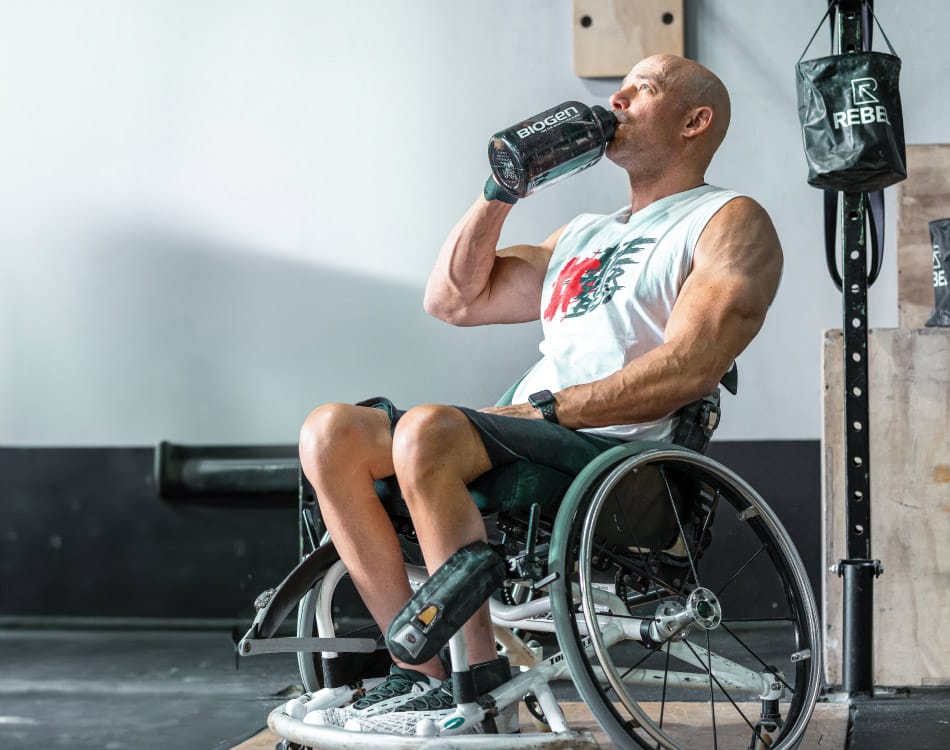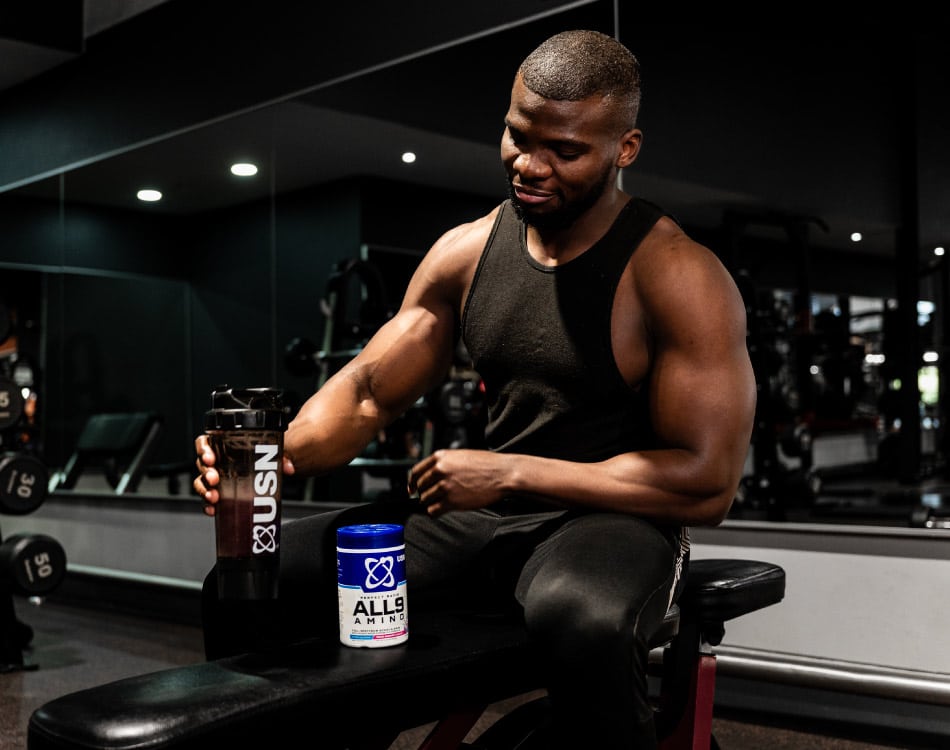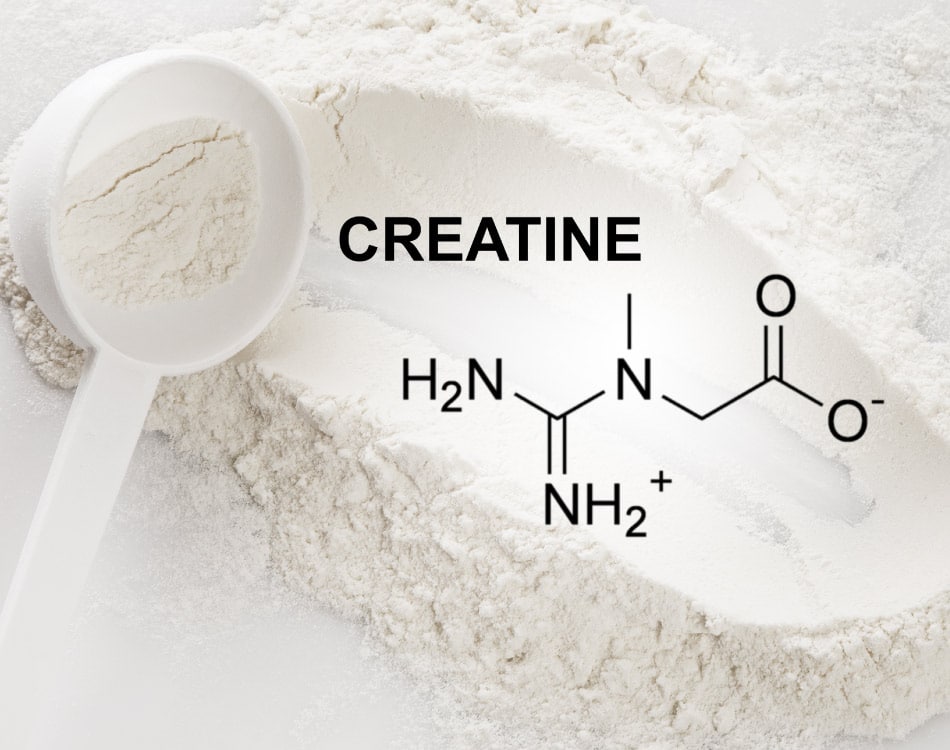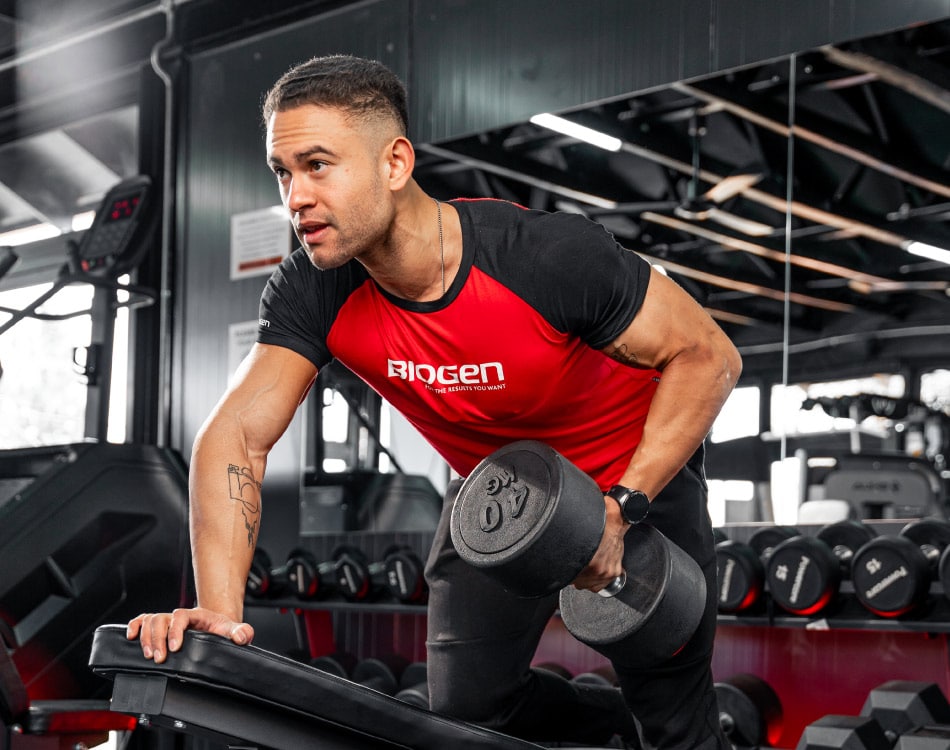Whether you’re a competitive physique athlete or simply someone who takes pride in your physique, achieving a shredded mid-section is probably your main goal (in addition to packing on as much muscle as possible, of course).
Unfortunately achieving a thin, ripped six-pack requires more than just a hardcore ab routine.
At the most basic level, losing body fat is about creating a negative calorie balance – a state where your body burns more calories than you consume. However, the process is a little more complicated than that as there are a number of interrelated factors that influence your ability to achieve the ultimate ripped mid-section.
To achieve the best success there are 7 basic guidelines that you need to follow:
1. Reduce your calories
You can create a negative calorie balance by training more if you don’t think you can stick to a calorie-restricted meal plan, but this can lead to a number of undesirable side effects. For starters, the more you train, the more catabolic you become. It also increases stress hormone production, which makes it harder to hang on to muscle.
High intensity, high volume training also results in compensatory hunger, a hormonally-driven physiological response that prompts you to eat more to help your body recover. Those who experience this powerful hunger stimulus often consume more calories than they burn through exercise.
Why your food bill increases in proportion to the intensity & volume of your training
By manipulating your diet to create a slight calorie deficit every day, while also training more efficiently and effectively, you stand a better chance of reducing that belly over time, while sparing more muscle in the process.
This process works because, when we limit the calories we consume, the body has to tap into stored energy, the most prominent and abundant form of which is fat, to fuel our workouts and our basal (basic) metabolisms.
The trick to successfully dropping body fat, while maintaining as much muscle as possible, is to make small adjustments to your calorie intake over time, but never more than 10-15% of your normal diet, or 500 calories a day.
2. Manage insulin
Insulin is a hormone that regulates carbohydrate and fat metabolism in the body as causes cells in the liver, muscle and fat tissue to absorb glucose from the blood.
Put simply, insulin moves sugar from the bloodstream, which we obtain from the food we eat, into cells throughout the body. It is first converted into glycogen, which is stored in the liver and muscle cells as glycogen, and once these reserves are full any excess glycogen is stored in the form of triglycerides in fat cells.
By reducing the amount of insulin our body produces every day, by limiting the total amount of carbs we eat, and timing (and confining) the bulk of our carb intake to specific meals, we’re able to limit the amount of excess energy we store as fat.
In addition, this dietary approach also promotes an internal environment where body fat becomes the predominant source of fuel for the majority of our activities. This happens when we remove the body’s dominant fuel source – glucose – by cutting out sugar and reducing carbohydrates.
Once this happens your body starts metabolising your body fat, as well as the fat and amino acids derived from your diet. Eventually, your body will become more efficient at using fat for fuel, even when there is a slight increase in your carb intake, as you also become more insulin sensitive.
3. Increase daily energy expenditure
To help create that essential negative calorie balance you can make intelligent use of cardio to boost the calorie burn each day.
If you include some cardio after your weight training session, keep it to 30-45 minutes of steady-state, medium-intensity cardio. As you’re in a glycogen depleted state from the weight training, this cardio will tap into fat stores.
If you are engaging in a standalone cardio session, a few high-intensity interval session will help to blast those extra calories. The ‘after-burn’ effect of this type of training will also ensure your body continues burning calories after the session ends due to the various recovery process that occurs.
Another tip is to get more active throughout the day. By increasing the amount of ‘normal’ daily activity you perform each day you can easily burn an extra 100 calories. Take the stairs, walk around the office every hour, or park your car at the far end of the parking lot and walk the extra few metres to boost your daily calorie expenditure.
4. Become a carb connoisseur
As highly active individuals, it is essential to determine your appropriate carb intake for your body, and your energy and performance requirements, and your goals, and that you’re strict about the types of carbs you eat.
While carb manipulation techniques such as carb cycling and carb backloading can manage your insulin response and get the most from this highly anabolic hormone, you still need to keep the quality of the carbs you eat in mind.
The general consensus is that complex carbs from natural foods should be the dominant sources of carbs in your diet, with as little processed carbs and simple sugar in your eating plan as possible, if at all.
High glycaemic index (GI) sources of natural carbs provide the most benefit, while low GI carb intake should be limited to before and after your workout to assist with training intensity and glycogen restoration. These should also be derived from natural sources as often as possible, if not derived from supplements.
5. Boost your protein intake
If you engage in any form of fasted state cardio or perform HIIT cardio sessions, it is important to try and limit muscle loss, especially if you are following a low-carb, high-fat diet.
This can be achieved by consuming an adequate supply of amino acids during and after your training session.
Limit muscle loss, boost recovery with a peri-workout supplement plan
This limits muscle breakdown during training by supplying free form amino acids in the bloodstream, which can be metabolised to meet some of the body’s energy requirements.
Proteins and fats are also essential for the production and release of a number of anabolic hormones, which help to boost your muscle gains, while also working to burn more fat. For example, increased protein intake can positively impact on glucagon production, which opposes the action of insulin to prolong the use of stored fat as an energy source.
6. Train for fat loss
The best approach to weight training for fat loss is to predominantly use heavy compound lifts to add muscle to your frame and build greater strength. These moves use multiple muscle groups, including all your major muscles. This burns more calories per rep, which is what you want when trying to create a negative calorie balance. When these types of exercises are used in high-intensity forms of training, such as Tabatas or metabolic conditioning workouts, they also boost the metabolic ‘after burn’ effect, which further assists fat loss.
7. Supplement intelligently
The use of thermogenic fat burners and body toners will help to boost your metabolism and preferentially tap into fat stores while you train. In terms of promoting sustained fat loss, CLA has been clinically-proven to reduce total body fat and increase lean body mass. As it is not thermogenic in nature it is also an ideal supplement for sustained, long-term use.
7 steps to your leanest body ever
However, thermogenic fat burners remain the most effective products for fat loss. By increasing body temperature, and, subsequently, your metabolic rate, they help your body burn more calories throughout the day, most of which comes from fat stores. However, prolonged use is ill-advised due to the effect that the stimulants in many of these products have on your nervous and endocrine systems.

















Leave A Comment